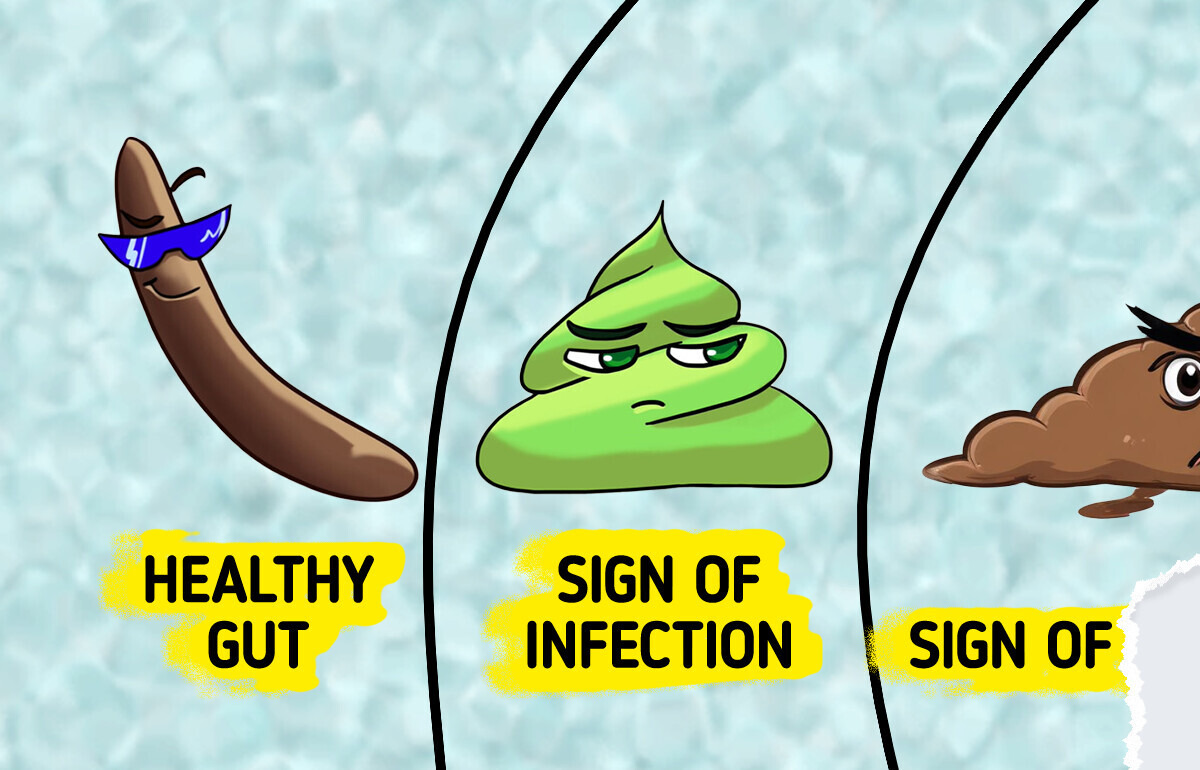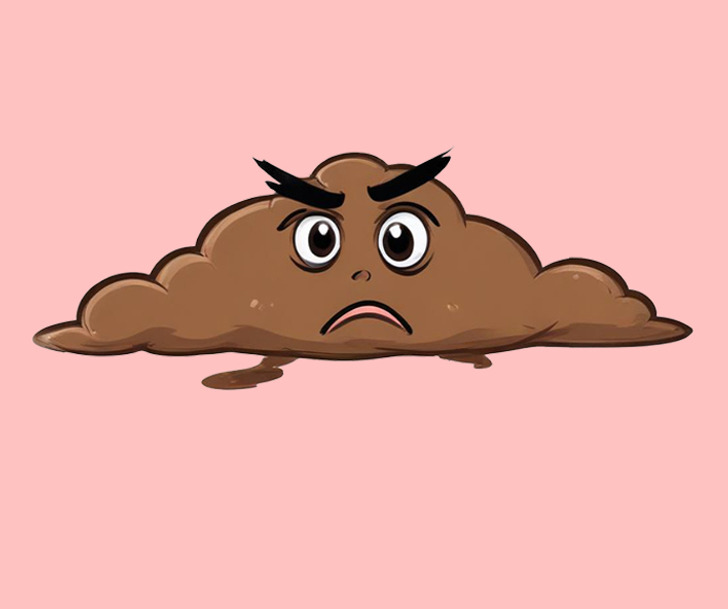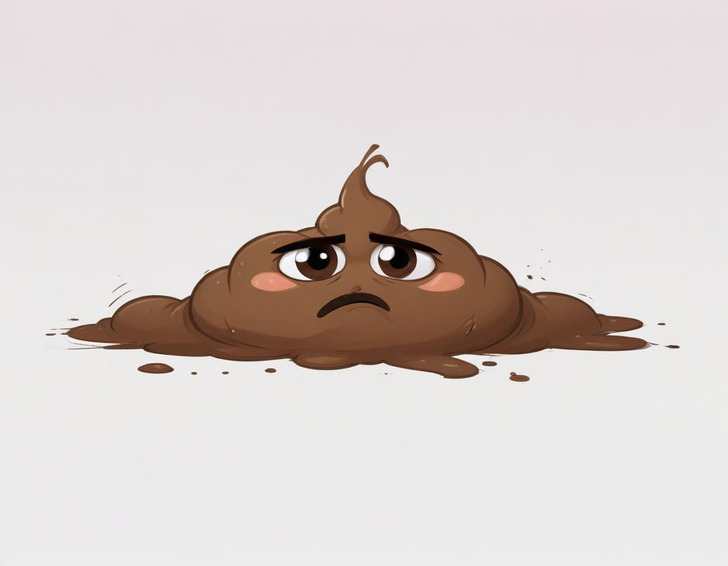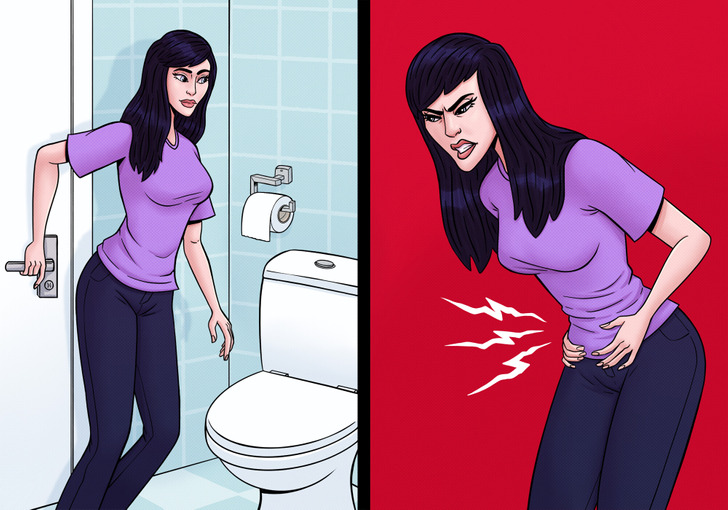“She Looks Way Older Than Him,” Daniel Radcliffe’s Rare Public Outing with Partner Sparks Controversy


When it comes to health, most people pay attention to their skin, weight, or energy levels—but your poop can actually be one of the most important windows into your internal well-being. The color, shape, and consistency of your stool can offer early clues about digestion, hydration, and even serious illnesses. Here’s what your poop is trying to tell you.
CONTENT IS PROVIDED FOR INFORMATIONAL PURPOSES ONLY AND IS NOT INTENDED AS A SUBSTITUTE OF MEDICAL ADVICE.
SEEK GUIDANCE OF YOUR DOCTOR REGARDING YOUR HEALTH AND MEDICAL CONDITIONS.
White or clay-colored stools are unusual and may indicate a serious health problem. This discoloration typically occurs when the liver fails to produce bile or when bile doesn’t flow properly into the small intestine. Bile is an essential digestive fluid that gives stool its normal brown color.
Possible causes:
Action needed: Seek immediate medical attention if you notice white stools.
Black stool can have both harmless and concerning causes. While consuming dark-colored foods or supplements (like iron) can turn stool black, it may also signal bleeding in the upper gastrointestinal tract.
When to worry:
Possible health concerns: Peptic ulcers, gastritis, inflammation, or colon polyps.
Action needed: Consult a doctor who may recommend diagnostic procedures like endoscopy or colonoscopy.
Green stool is relatively common and usually not cause for concern. Several factors can contribute to this coloration:
Common causes:
Red in your stool can be alarming but doesn’t always indicate a serious problem. Several factors can cause this coloration:
Benign causes:
Health concerns:
When to seek immediate help: If red stools are accompanied by fever, general malaise, or if blood appears clotted or resembles coffee grounds.
The natural brown color of stool comes from bilirubin and bile. When stool appears yellow, it may indicate issues with these important digestive components.
Possible causes:
Soft, drop-shaped stool with clear edges indicates slightly loose bowels. This type is common in people who have two or three bowel movements daily, especially after large meals. These stools usually pass easily without much effort.
A healthy stool is typically cylindrical (sausage-shaped), about the width of a banana, and between 4-8 inches long. It should:
Having a bowel movement every one to three days supports a healthy digestive system.
Small, firm stools resembling pellets typically indicate constipation or infrequent bowel movements.
Common causes:
Watery, uncontrollable discharge represents a more serious stage of diarrhea. This occurs due to irritation in the small intestine, causing unprocessed fluid to pass through quickly. While some fluid may be absorbed in the large intestine, most accumulates in the rectum, resulting in sudden, severe diarrhea.
If your stools are sausage-shaped with cracks on the surface, you may have mild constipation. This can be caused by diet or prolonged sitting. This type of stool is often seen in cases of functional constipation, which is related to dietary or lifestyle factors. They may indicate that the stool has spent about seven days in the colon before being evacuated.

Occasional floating stools are generally harmless and often result from increased gas content. This can be caused by:
However, consistently floating stools might indicate problems with fat absorption. Consult a healthcare professional if this occurs regularly.

Stool that immediately sinks to the bottom of the toilet bowl may indicate insufficient fluid and fiber in your diet. These stools often appear darker because they spend more time in the intestinal tract.
Health tip: The FDA recommends approximately 28 grams of daily fiber for optimal digestive health. Achieve this by consuming whole grains, fruits, vegetables, legumes, and unsalted nuts and seeds.


Your digestive system is complex, and what you flush down the toilet is the end result of how well it’s working. The appearance of your stool can signal everything from dehydration to gastrointestinal infections, nutrient malabsorption, and even colon cancer. Paying attention could save your life.

If you found the revelations about stool characteristics intriguing, stay tuned for our upcoming article exploring rare physical traits that only a small percentage of people possess.











